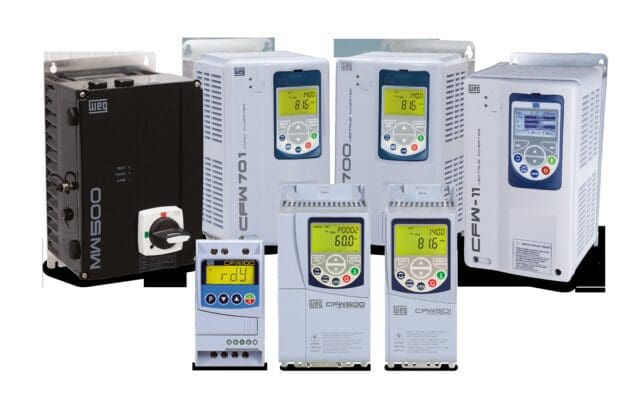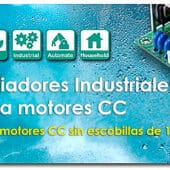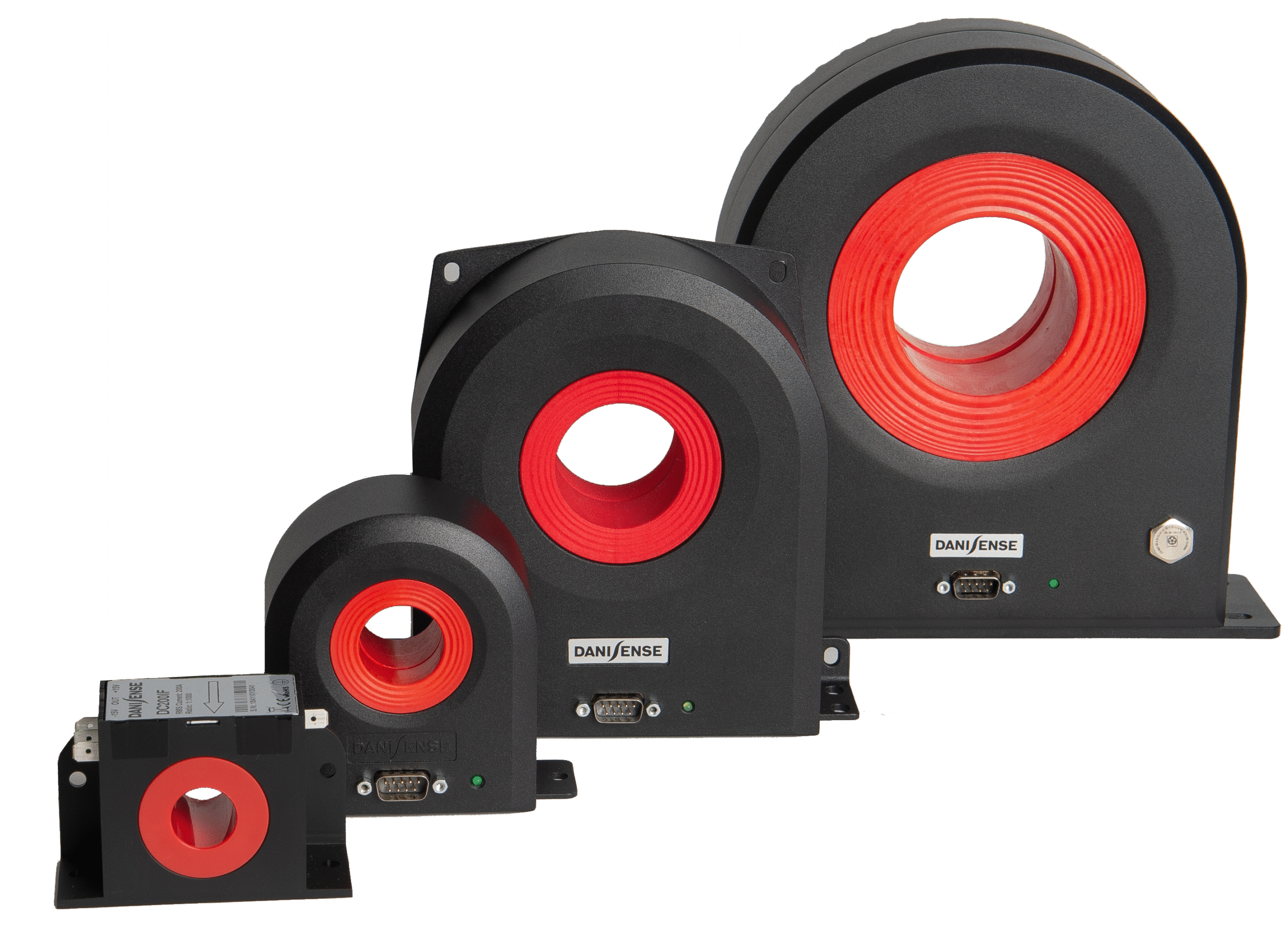The new eco-design requirements for electric motors and variable speed drives (VSD) affect the Spanish market
Spain has maintained itself since 2019 among the five main economies in Europe. What effect will the new European legislation 1781/XNUMX have on the Spanish market? Javier De La Morena Cancela, Marketing Director of WEG Spain, a global manufacturer of electrical and mechanical equipment, explains how the new eco-design requirements for electric motors and variable speed drives (VSDs) will affect the Spanish industry.
The European regulation 2019/1781 will be applied from July 1, 2021 and will mean a change in the supply chain of electric motors in Spain. Most notable is the inclusion of ATEX motors or motors for dangerous areas in the regulation, a group of motors that was previously exempt from said regulation. Likewise, energy efficiency rules are applied for the first time to variable speed drives (VSD).
The new regulation will replace the EC regulation 640/2009 currently in force and could offer enormous improvements in the energy consumption of motors while maintaining the required level of safety.
engine requirements
The basis of the regulation is the EU MEPS (Minimum Energy Performance Standards) rule, which establishes the degree of energy efficiency of motors. For example, IE2 is the high efficiency level and IE3 is also used for motors with premium efficiency levels.
Now that motors have been incorporated into the rating system, it is important to note that these performance rules are not consistent across the entire range of motors and VSDs. For example, an IE2 engine may not have the same efficiency as an IE2 VSD.
The regulation is valid for new motors and VSDs marketed from July 1, 2021. Replacement motors, which replace identical motors integrated into products marketed until July 1, two thousand and twenty-two —and which are marketed particularly with this end—, they must not now meet the requirements of the new regulation and will have a longer term to continue installed.
This regulation on ecological design of electric motors applies to three-phase induction motors with speeds of 50 or 50/60 Hz, with two-six poles, power from 0,75 to 1000 kW and rated voltage up to XNUMX v.
The new regulation will also include the smallest induction motors, from 1000 to XNUMX W, and the largest, from XNUMX to XNUMX kW. Eight-pole three-phase motors, single-phase motors and ATEX and Ex eb motors will also be subject to these requirements for the first time.
The new eco-design rules are binding on each and every manufacturer and distributor of these electric motors that sell their components only in Europe and the UK. It is essential that engine manufacturers are aware of the requirements and quickly apply the new guidelines as time is of the essence.
Customers also need to be aware of this change to achieve fast and high ROI, apart from potential energy savings.
Impact of motors on the industry in Spain
Legislative changes will affect many industries, but the transformation could be most apparent in high-energy environments and motor deployment for hazardous areas.
These changes strengthen Spain's goal of abandoning its dependence on fossil fuels.
Spain developed a fifty million euro program in XNUMX to remove dependence on fossil fuels. The program supports research and innovation in electric cars, the acquisition of electric cars, the installation of charging points, the deployment of electric bike rental systems and the implementation of transport plans for companies.
Added to this is the fact that Europe has more than 8 billion electric motors in use, which consume more or less 000% of the electricity generated throughout the continent. The need to reduce the use of fossil fuels in Spain and in Europe as a whole is unquestionable. One way to do this is to take full advantage of the energy used by the industry with highly efficient machines.
Thanks to the new regulation, which imposes new minimum efficiency requirements for ATEX motors and other equipment (such as VSDs), the energy sector should achieve significant energy savings in line with the transition initiatives to renewable energy sources that the country.
Future perspectives on electric motors
However, the use of IE motors and high energy efficiency variable speed drives should not make us forget a fundamental rule: the electric motor must be adequately sized according to its actual load. With the design changes, if a motor is oversized, with a real load less than 70 percent of the nominal load, it will suffer a degradation in its efficiency and power factor values.
Thanks to the essential investments in research and development, WEG has anticipated this change in regulations. Its ranges of ATEX explosion-proof motors have been available for some time in IE2 and also IE3 in the CEI dimensional rule.
WEG also has a super-premium range of IE4 motors for safe and dangerous atmospheres. This range will be useful due to the fact that from 2023 safe atmosphere motors between 75 and 4 kW that are not brake motors or for explosive atmospheres are going to have an IEXNUMX class efficiency.
We are waiting for the effect that the new European legislation 2019/1781 will have, but the Spanish market is ready. Indeed, the new ecodesign requirements for electric motors and VSDs should sustain the investments already made in green measures, while ensuring that Spain remains among the top 5 economies in Europe.
If you need to upgrade your low energy efficiency electric motor, contact WEG today or visit our site to see the full range of products.








